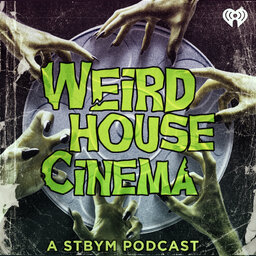Weirdhouse Cinema: House of Wax (1953)
In this episode of Weirdhouse Cinema, Rob and Joe continue their trio of 3-D films with the first color 3D feature film from a major American studio: 1953’s “House of Wax.” It’s the movie that remade Vincent Price as a horror icon, and it also features performances by Charles Bronson and Carolyn Jones.
 Stuff To Blow Your Mind
Stuff To Blow Your Mind



